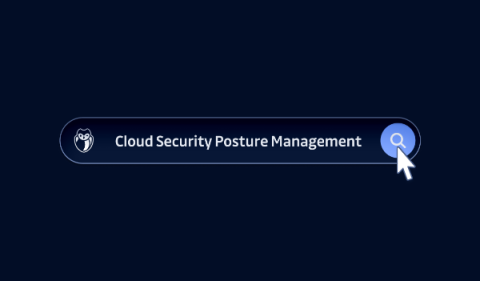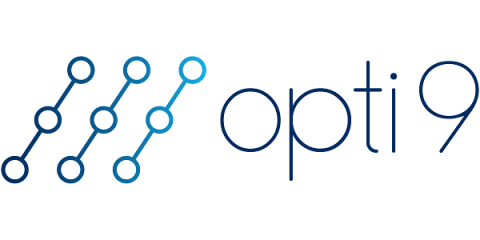What We Learned from the 2024 State of Cybersecurity Survey
Cybersecurity is a pressing topic of concern for most organizations today, as any amount of sensitive data or digital assets can present a security risk. Understanding the digital landscape, threat trends, and the way they change over time is an essential step in defending against cyberattacks. It can be daunting for any organization to stay in the loop and maintain perspective on cyberthreats and security practices.










